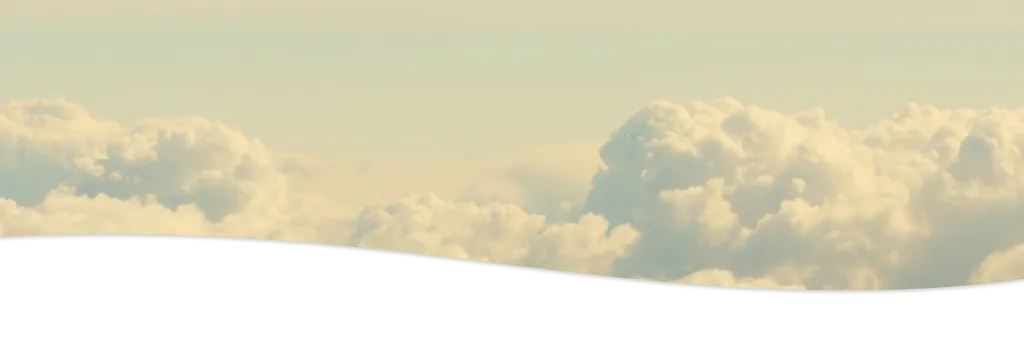
Application
Cabin Crew
Cabin Crew Application Process Explained: How to Apply and Succeed as a Flight Attendant
While the cabin crew application process is quite straightforward, many applicants fail due to avoidable mistakes. Airlines arrange specially developed assessments to filter out the best candidates who will later ensure safety and service on board their aircraft. This article explains the typical application process, variations by airline and region, and common mistakes to avoid.
How to apply for airline jobs
Applications to airlines are usually made via online application portals, but some airlines, such as Emirates, host so-called Open Days, held in large cities, where applicants can apply directly in person.
Before applying for a job offer, check which documents are required and prepare them. Incomplete or poorly presented applications look unprofessional and are a common reason for an early rejection. It is therefore advisable to draw up a checklist. The following documents are normally required:
Resumé
- An up-to-date CV with a professional portrait will make you stand out. Any gaps in the CV exceeding four weeks shall be justified. The resumé should reflect your educational and professional background, highlighting previous flying or customer service experience.
Photographs
- Portrait and full-body photos are usually required and should be taken professionally. Unsuitable pictures and/or poor quality will certainly be viewed negatively.
Always tailor your application to the specific airline for which you are applying, ensuring that the language and content align with the airline's orientation and values.
Cabin Crew Pre-Screening
If applicants fulfil the formal requirements, there is usually a pre- or video screening. During this stage, applicants are typically asked to provide a personal introduction and share their motivations for pursuing a career as a cabin crew. The airline will assess your conversational skills, overall professional demeanour, and your ability to present yourself effectively under pressure. Speak clearly, maintain a natural smile and avoid using scripted language. The assessors value authenticity as much as professionalism.
Frequent reasons for rejection are non-compliance with the video instructions, an unprofessional background, or inappropriate clothing. Make sure that the video is well-lit and the sound quality is good. Don't pretend but show your true self.
Dress Code for Cabin Crew Assessment Day
For Women
- Attire: Well-fitted business suit (skirt or pants) with a white or light-coloured blouse.
- Shoes: Closed toe-heels (3 - 5cm) in black or navy.
- Make-Up: Light, natural-looking make-up that enhances features, without being excessive.
- Hairstyle: Neatly styled hair, preferably in a bun, for a professional look.
- Accessories: Minimal jewellery, avoid excessive rings, bracelets, and watches.
For Men
- Attire: Dark-coloured suit (black, navy or grey) with a white dress shirt and a conservative tie.
- Shoes: Polished black dress shoes
- Grooming: Well-groomed hair and clean-shaven or trimmed beard.
As a general rule, you should find out about any dress code that may have been put in place. Less is often more - avoid bright colours and bold patterns. Instead, choose simple neutral colours such as black, navy or grey and stick to the airline colours.
Make sure your clothes are ironed and tidy. Watch your posture and body language. Avoid crossed arms and legs. Perfume should also be used discreetly. Always remember that it is the first impression that counts.
Cabin Crew Assessment Day
Shortlisted candidates will be invited to an in-person assessment day. To get a better impression of the day, here is a typical sequence of activities:
- Company presentation
- Role-Play tasks
- Group exercises
- Written tests
- Height and reach test
- Final interview
The airline will assess how capable you are of working in a team, how you solve problems and your communication skills. In the written test language skills are assessed.
A common pitfall is behaving overly dominant or too passive during group tasks. Instead, focus on a balanced, collaborative approach that fosters support for others, effective teamwork, and meaningful contributions. Familiarise yourself with the airline's philosophy and values, and strive to embody them.
Final Interview
If all previous selection stages have been passed, the final interview will follow. The interview is conducted by HR staff and senior cabin crew managers. The interview is about you as a person. The airline wants to know more about your personality, motivation and expectations towards the role to see if you are a good fit for their team.
Expect questions such as ‘Tell me about a situation that you mastered under pressure’, ‘A passenger tells you that they are afraid of flying. How would you deal with this?’ or ’What makes a good flight attendant?’.
One of the most avoidable mistakes is arriving at the interview unprepared without understanding the airline's expectations or reflecting on your motivations. If you are asked to talk about previous experiences in the interview, back them up with examples. For illustration, use the STAR method (Situation, Task, Action, Result) to get to the point.
Showcase your confidence, humility and genuine enthusiasm and let your personality shine through. Remember, airlines hire people, not just resumes.
Cabin Crew Background & Health Check
This phase is essentially a formality and serves to verify medical and legal requirements. These requirements often include passing a drug test and a background check. Find out more about health requirements here.
Common Mistakes Overview
We have put together a list of the most common mistakes applicants make, so you can avoid them when you're applying!
- Submitting incomplete or "rushed" applications
- Using casual or overly familiar language in your resumé
- Uploading low-quality or poorly lit photos/videos
- Ignoring video or dress code instructions
- Failing to research the airline's culture and values
- Giving vague answers without examples during the interview
- Pretending and not showing one's true personality
Looking for Cabin Crew Jobs?
Job Board
- If you are already an experienced cabin crew have a look at our Cabin Crew Job Board.